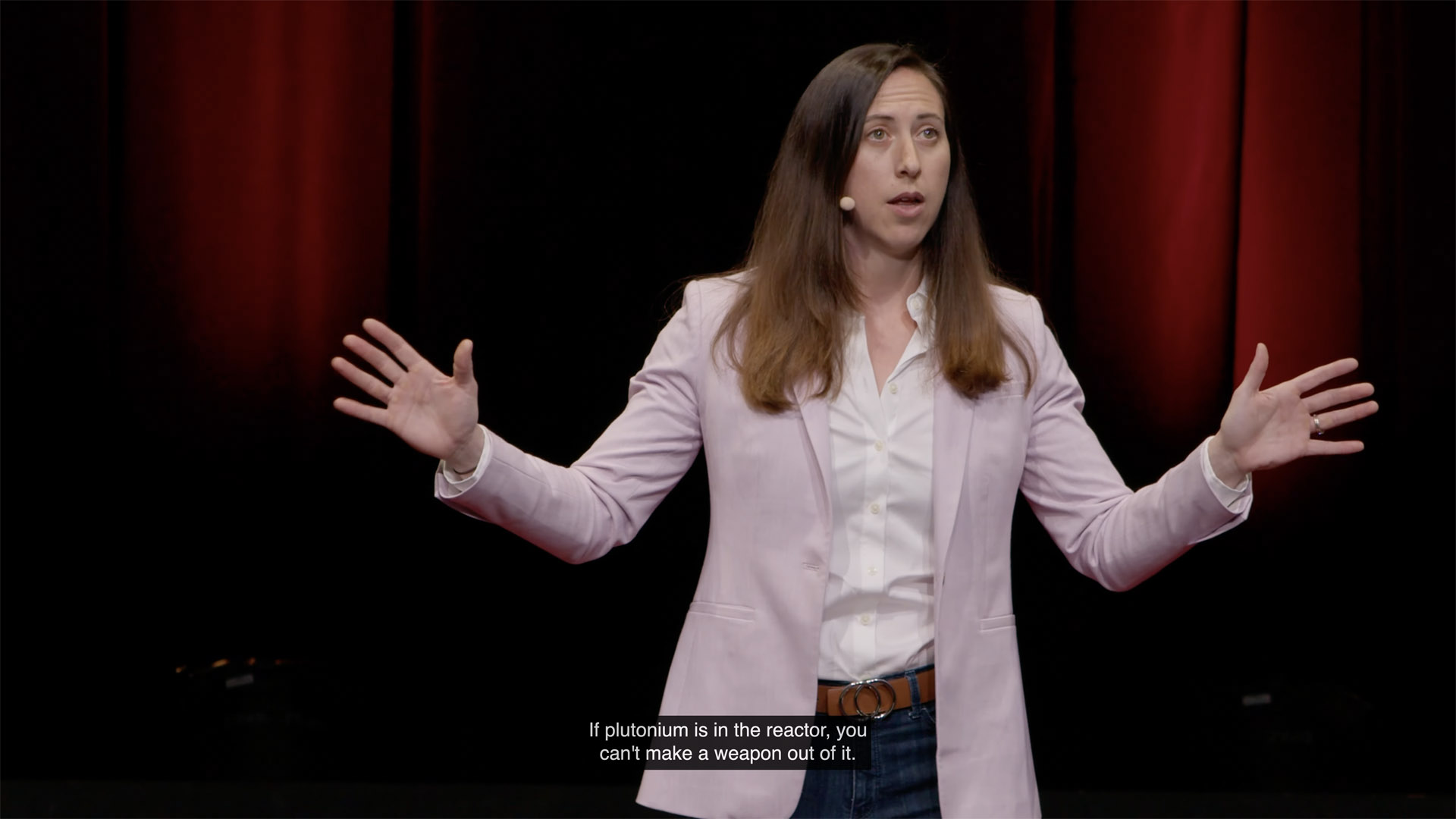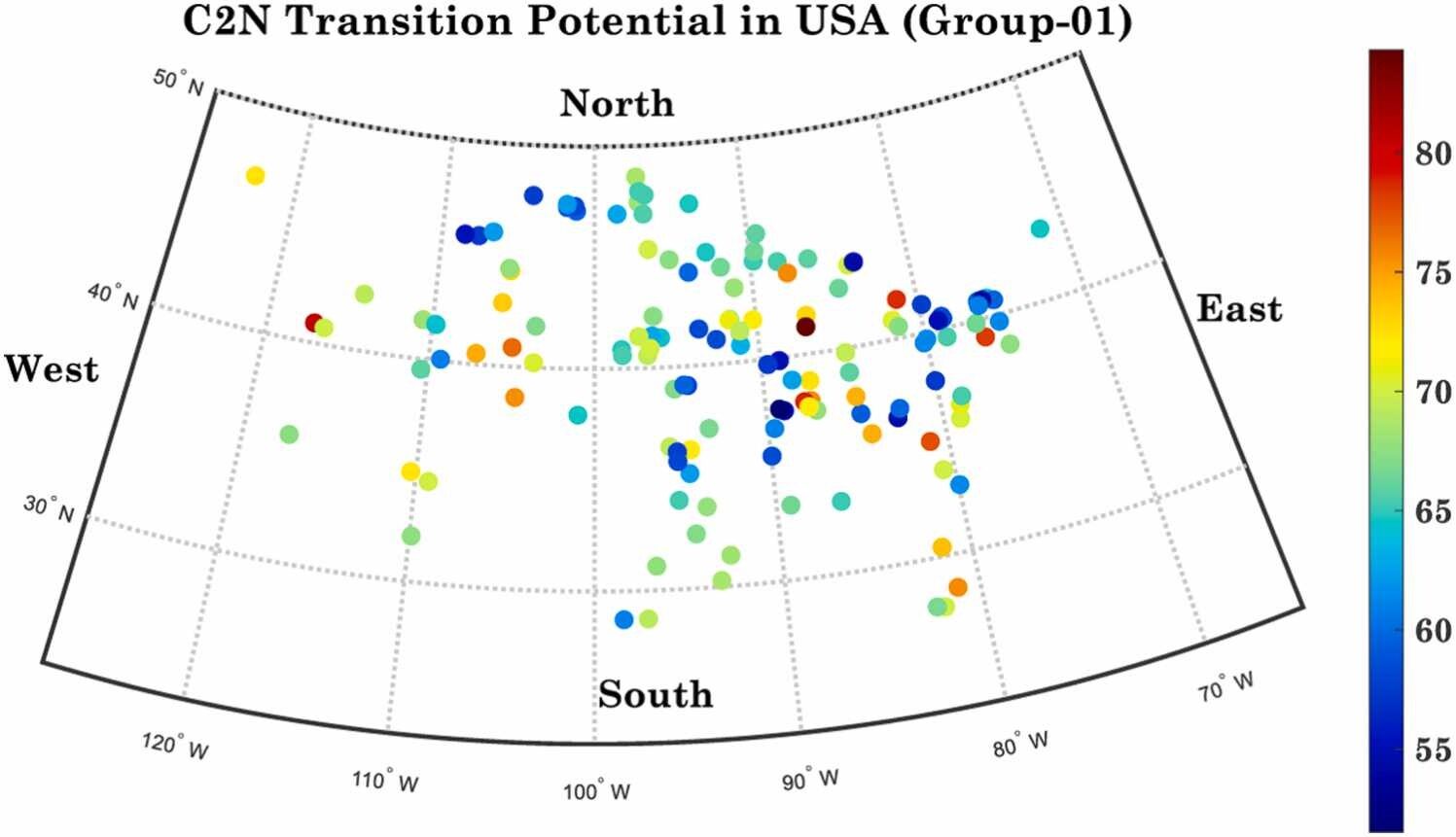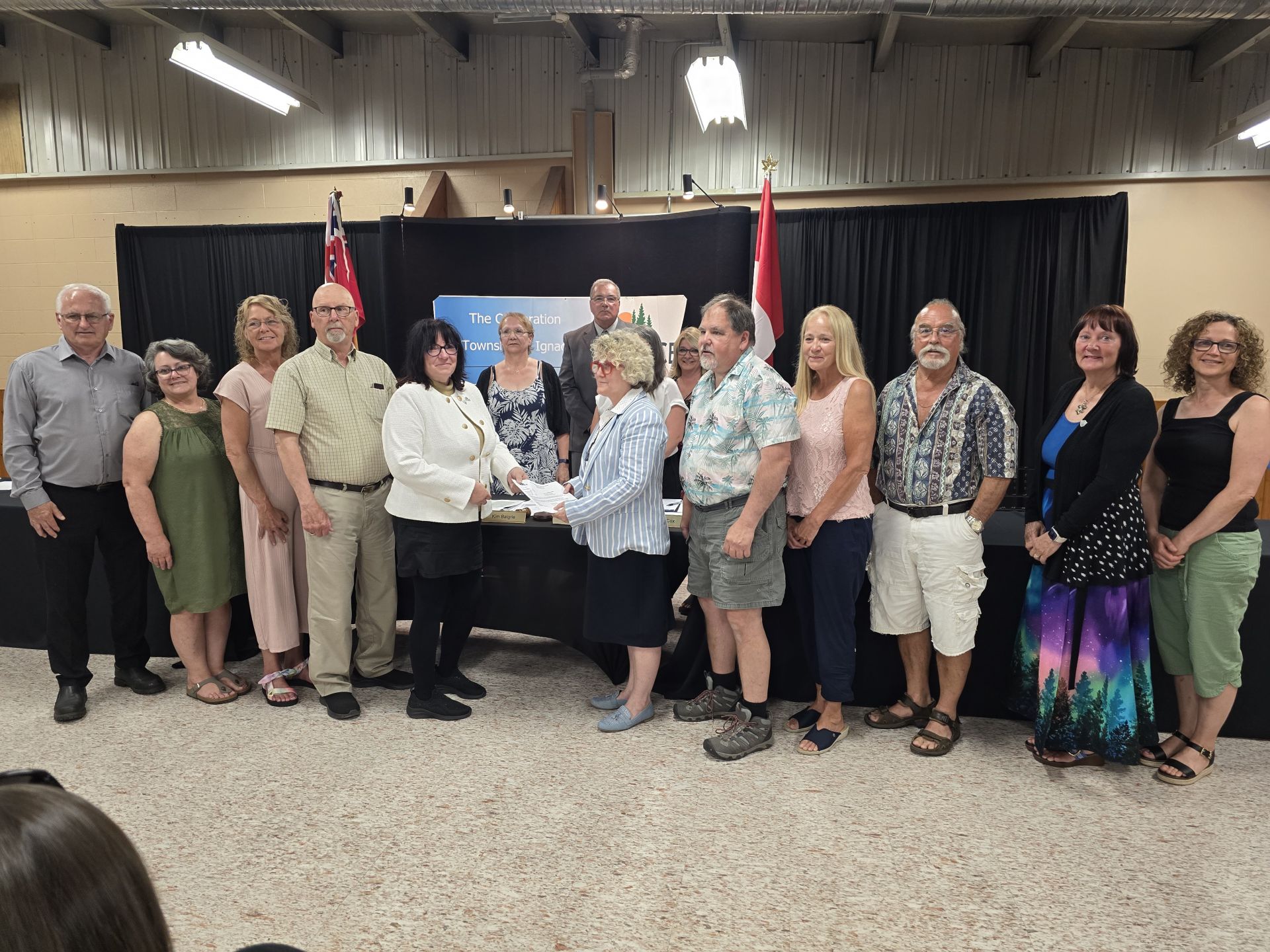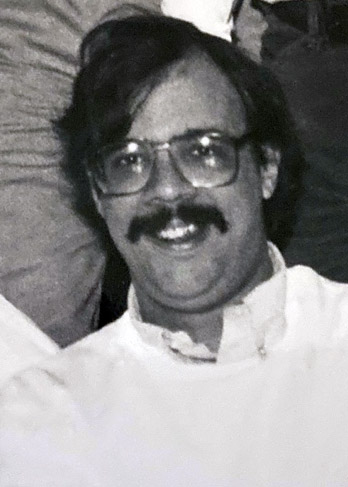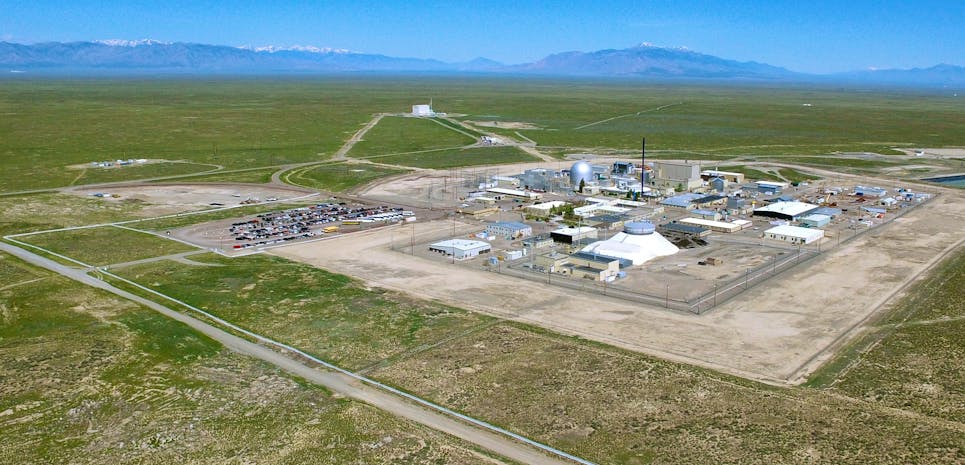U.S. nuclear vs. renewable electricity generation. (Image: Ember)
The combined energy generation in the United States from solar and wind during the first half of the year was more than that of nuclear plants for the first time, according to data from energy think tank Ember.
Electricity generation from utility-scale solar and wind assets during the first half of 2024 was a record 401.4 terawatt-hours, compared with 390.5 TWh from nuclear reactors
Byron nuclear power plant. (Photo: Constellation)
While no development details have been released, Constellation is asking to rezone 658.8 acres of land it owns around the Byron nuclear plant in Illinois for possible long-term use.
Jenifer Shafer during her TEDx talk on nuclear energy. (Screen capture: YouTube)
Jenifer Shafer, the associate director for technology at the Advanced Research Projects Agency–Energy (ARPA-E), recently delivered a TEDx talk in which she explained the basic concepts of nuclear waste recycling, including related nonproliferation issues. As Shafer wrote in a post on LinkedIn, “In my talk, I explored the misconceptions surrounding nuclear waste and discuss[ed] the possible emerging opportunities regarding nuclear fuel recycling. It’s crucial that we understand the real potential of nuclear energy, and leveraging our ‘nuclear treasure,’ in shaping a sustainable future.”
The color-coded scatterplot shows the feasibility of coal-to-nuclear transitions at smaller coal plants (1,000 MWe or less) across the United States, plotted by latitude and longitude. Red and warm colors represent the high feasibility. (Image: Muhammad Rafiul Abdussami, Fastest Path to Zero, University of Michigan)
Comprehensive analysis of 245 operational coal power plants in the United States by a team of researchers at the University of Michigan has scored each site’s advanced reactor hosting feasibility using a broad array of attributes, including socioeconomic factors, safety considerations, proximity to populations, existing nuclear facilities, and transportation networks. The results could help policymakers and utilities make decisions about deploying nuclear reactors at sites with existing transmission lines and a ready workforce.
The NWMO’s Laurie Swami (center right) congratulates Ignace mayor Kim Baigrie (center left) on the community’s confirmation of its willingness to host a deep geologic repository for Canada’s spent nuclear fuel. (Photo: NWMO)
The township of Ignace in northwestern Ontario has indicated its willingness to host a potential deep geologic repository for Canada’s spent nuclear fuel. The town council voted unanimously on July 10 to pass a resolution indicating its willingness to participate in the Nuclear Waste Management Organization’s (NWMO's) process for selecting a repository site, making it the first Canadian community to officially move forward with the next phase of a site selection process that began in 2010.
The Godiva I device, an unreflected 54-kg sphere of 93.7 percent pure uranium-235, before (left [in the scrammed state]), and after (right) the February 3, 1954, criticality excursion that released 5.6 × 1016 neutrons and warped or broke several support structures of the device. (Photos: DOE)
Fast burst reactors were the first fast-spectrum research reactors to reach criticality by using only prompt neutrons with high-enriched uranium as fuel, creating a pulse for microseconds. Among many achievements, fast burst reactors were the first research reactors to demonstrate the ability of thermal expansion to terminate a pulse and to show how this could aid in reactor safety. In addition, fast burst reactors were pivotal in early fission studies including critical mass determination, criticality safety, the study of prompt and delayed neutrons, and much more.
Workers at the Hanford Site’s WTP unload a tanker truck carrying sodium hydroxide. (Photo: DOE)
Workers at the Department of Energy’s Hanford Site in Washington state recently unloaded a shipment of more than 10,000 gallons of sodium hydroxide delivered to the site’s Waste Treatment and Immobilization Plant (WTP). The liquid sodium hydroxide will be the first chemical fed into the plant’s melters to simulate Hanford’s radioactive and chemical tank waste.
SiGA woven silicon carbide nuclear fuel cladding. (Photo: DOE)
Because of its hardness and its hardiness in the face of high temperatures, silicon carbide has been used for industrial purposes for decades. It has proven its worth as a key component of tiny TRISO fuel particles. But SiC has a weakness—in its pure form it is too brittle for use in structural components, such as 12-foot-long light water reactor fuel cladding tubes.
The radiochemistry laboratory, nicknamed the McCluskey Room, in the Hanford Site’s Plutonium Finishing Plant is where Harold McCluskey was contaminated in 1976, and where workers reentered more than 40 years later to clean up the mess left over from that accident. Health physics technician Clay Rowan is shown here taking radiological measurements near racks of glove boxes similar to one that exploded onto McCluskey. (Photo: DOE)
In 1976 at the Hanford Site in Washington state, a 64-year-old chemical operations technician named Harold McCluskey was working on columns filled with special exchange resins in a glove box at the Plutonium Finishing Plant.
The partially constructed Units 3 and 4 at Cernavoda nuclear plant in Romania. (Image: Nuclearelectrica)
The European Commission has issued a positive opinion on the technical and nuclear safety aspects of the construction of Units 3 and 4 at Cernavoda nuclear power plant in Romania.
Under the Euratom Treaty, nuclear project developers are required to notify the EC of planned investments and to demonstrate compliance with the highest nuclear safety standards.
A view of INL’s desert site. (Photo: INL)
Aalo reported last week that it has submitted a regulatory engagement plan to the Nuclear Regulatory Commission in “a huge step forward in getting regulatory approval for our Aalo-1 reactor.”





